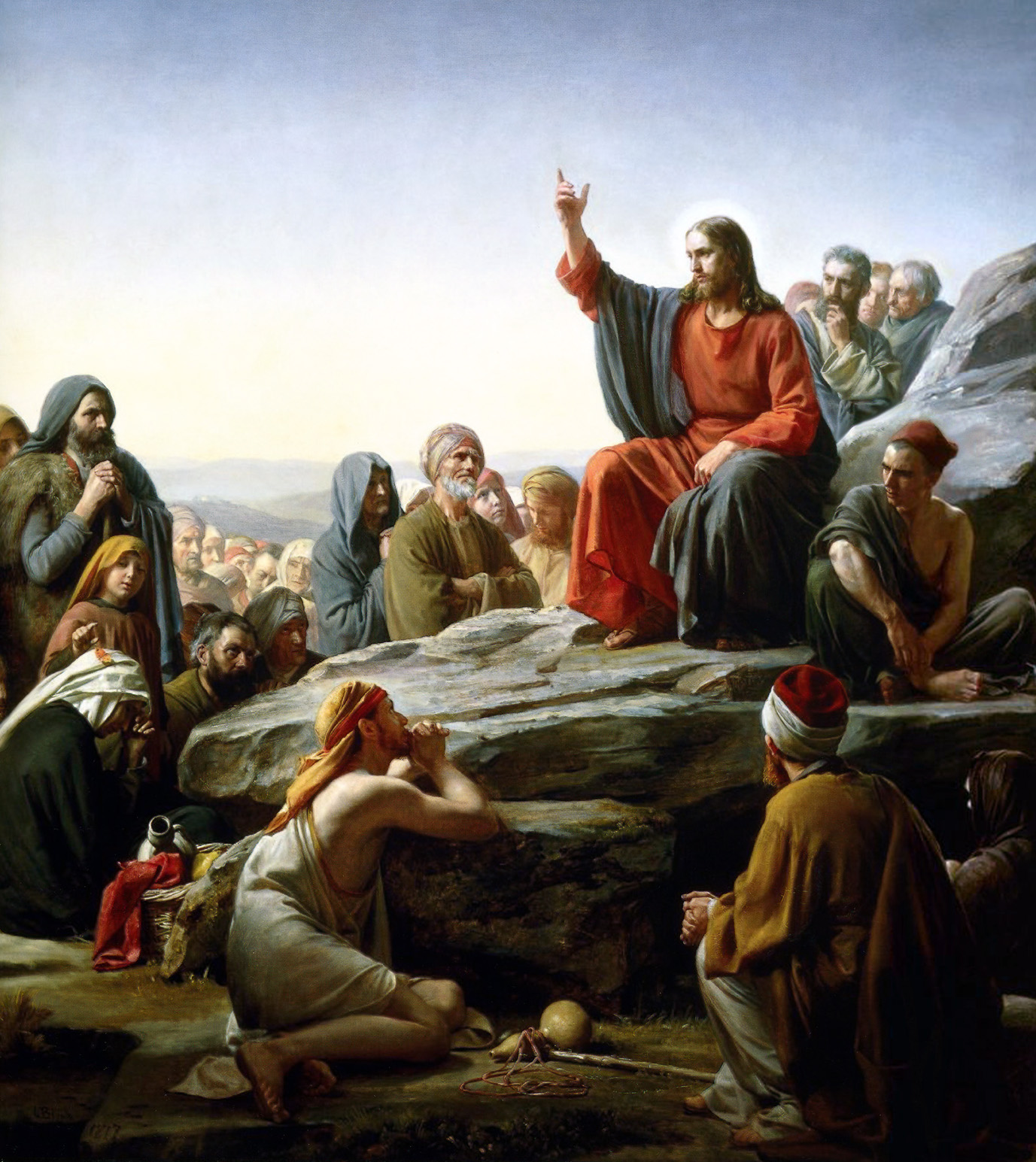Lost in Translation #111
During the Sermon on the Mount, Jesus tells His listeners:
Do not think that I am come to destroy the law, or the prophets. I am not come to destroy, but to fulfill. For amen I say unto you, till heaven and earth pass, one jot, or one tittle shall not pass of the law, till all be fulfilled. (Matt. 5, 17-18)
A jot is an iota, the smallest letter in the Greek alphabet, and a tittle is a tiny mark used in Hebrew to differentiate one letter from another. Christ’s point is that He will fulfill the Mosaic Law down to the smallest detail.
But the iota resurfaced during the first ecumenical Council three centuries later. The Council of Nicaea was convened in 325 A.D. to determine what Christians really believed about Jesus Christ: was He truly God, or was He merely godlike? The entire debate hinged on the Greek iota (comparable to our letter i): Christ was either of the same substance as God (homoousios), or he was of a similar but distinct substance (homoiousios). After much deliberation, the Council professed Christ to be of the same substance (homoousios) as God the Father, enshrining their definition in the Nicene Creed that is now recited at Mass every Sunday.
First Council of Nicaea
Thus, there is literally one iota of difference between orthodoxy and heresy, a fact which illustrates how the smallest deviation from the truth can lead to the greatest error (incidentally, from this comes our phrase of not budging one iota). And it is also a testimony to Christianity’s unique obsession with the truth. Whereas the other two great monotheistic religions of the West are more concerned with orthopraxy (right practices), Christianity shows a pronounced interest in orthodoxy (which means both right belief and right worship). For Chesterton, this preoccupation with orthodoxy involves a combination of “two almost insane positions” that somehow still amount “to sanity”:
Last and most important, it is exactly this which explains what is so inexplicable to all the modern critics of the history of Christianity. I mean the monstrous wars about small points of theology, the earthquakes of emotion about a gesture or a word. It was only a matter of an inch; but an inch is everything when you are balancing. The Church could not afford to swerve a hair's breadth on some things if she was to continue her great and daring experiment of the irregular equilibrium. Once let one idea become less powerful and some other idea would become too powerful. It was no flock of sheep the Christian shepherd was leading, but a herd of bulls and tigers, of terrible ideals and devouring doctrines, each one of them strong enough to turn to a false religion and lay waste the world. Remember that the Church went in specifically for dangerous ideas; she was a lion tamer. (Orthodoxy, chapter 6)What is so dangerous about the Son being of the same substance as the Father? For starters, it is an inexhaustible (and hence untamable) mystery. It is easy for the mind to grasp the concept of someone who is half-god and half-man, like Hercules; it is impossible for the mind to grasp the concept of someone who is fully God and fully man, like Jesus of Nazareth. It is easy for the mind to see how someone can be extremely similar to someone else, as when an earthly son is the spitting image of his earthly father; it is impossible for the mind to grasp how someone is of the exact same stuff as someone else, as God the Son is consubstantial with God the Father while also having a human intellect, will, body, etc.
Jesus Christ, Hagia Sophia, Constantinople
Given the storied history of homoousios and what it tells us about Christianity’s priorities, it is scandalous to see how it has been translated. The Latin Credo faithfully renders the word as consubstantialis, consubstantial or of the same substance. But the 1970 ICEL translation had “one in being with the Father.” Aside from the equally lamentable German eines Wesens (which means the same thing), no other official translation has been so ontologically sloppy or indifferent to the truth. The French Missal has consubstantiel, for example, and the Italian stessa sostanza (same substance).
Worse, when in 2006 the Vatican wanted the USCCB to use “consubstantial” in their new English translation, the American bishops protested on the grounds that this was a word that “required theological explanation”—as if the very job of a bishop was not to provide theological explanation. Happily, the Vatican did not budge one iota and Chesterton’s lion tamer returned to the ring with “consubstantial”—a scandal to the Jews, folly to the Greeks, and a pain in the neck to lazy prelates.


.jpg/640px-First_Council_of_Nicea_by_V.Surikov_(1876).jpg)
